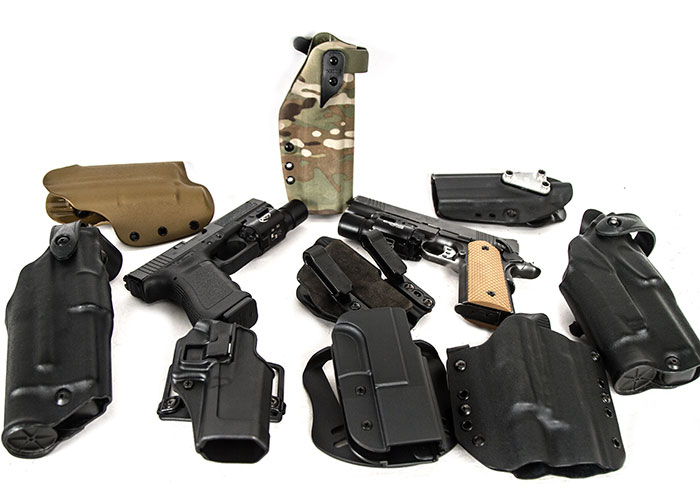Gear Tip: Holster Retention and Placement
April 16, 2013
So there is a lot of debate in the tactical operator world regarding which holsters retention are the best. After operating airsoft for about 6 years, firearm training for over 4 years, and interacted with military and local police officers, I have come to the conclusion that for direct action, any retention level is fine, in terms of Airsoft. However, if you are like me, who like to use the same gear in firearm training and in airsoft, then selecting a good holster is paramount. So the question remains, which holster retention level do you really need?
Retention:
Before we start analyzing, let’s go over the different retention levels. Level 1 retention is a passive retention, which in most cases, is friction. For most applications, level 1 retention, or friction, is good enough. For example, conceal carry, IDPA pistol competition, open carry, or even airsoft, level 1 is good enough. On my Level 1 holster, such as G-Code OSH Holsters and Blade-Tech Holsters, there is a screw which adjusts the tightness. The tighter the retention, the harder the draw will be.
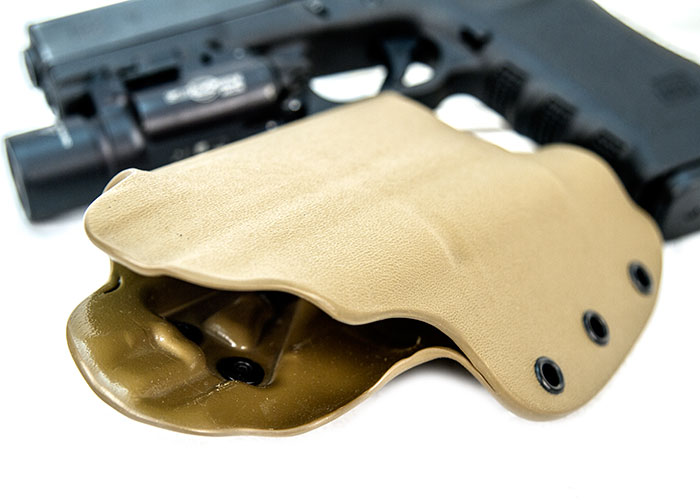
Level 1 Retention, perfect fit, and won’t be falling out with doing hardcore exercises.
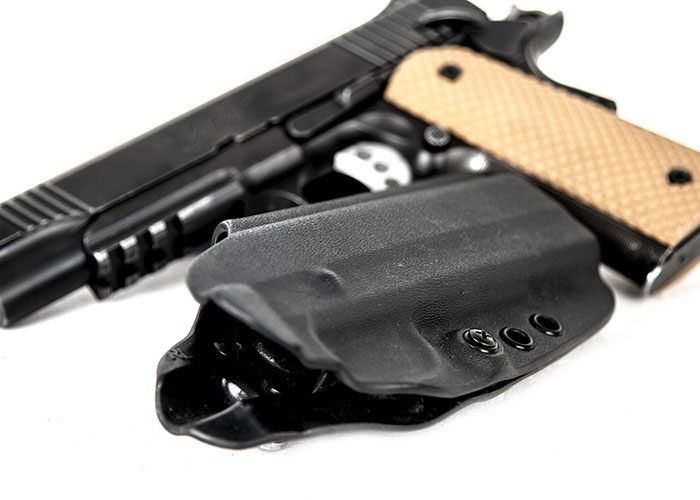
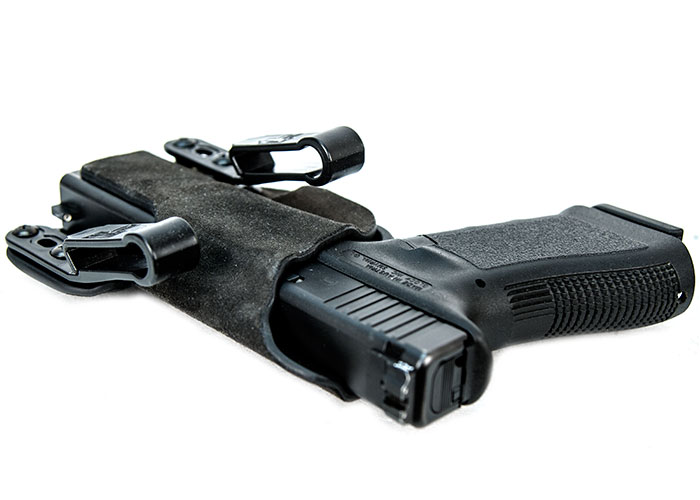
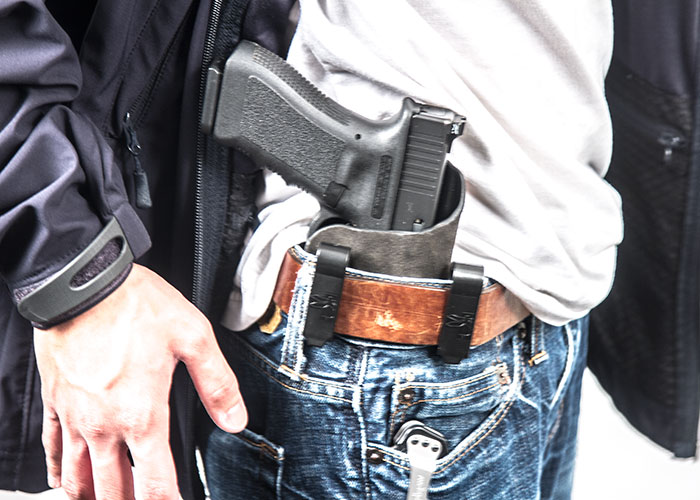

Level 2 retention is a level 1 holster with an additional active retention device. To break it down, a level 2 holster has the passive retention (screw adjusted friction) and an active retention device (usually a hood). For example, G-Code XST holsters and the Safariland Level 2 Duty Holsters, they both have the screw adjusted friction (level 1) and a hood (level 2) which prevents the gun coming out of the holster unintentionally. Other level 2 retention devices, such as the Blackhawk! SERPA holster system, has a button which locks the trigger guard. A lot of professional shooters prefer the hood over the SERPA button due to safety issues where injuries can occur. That’s why most firearm training classes banned the use of SERPA holster or making the student disable the SERPA lock.
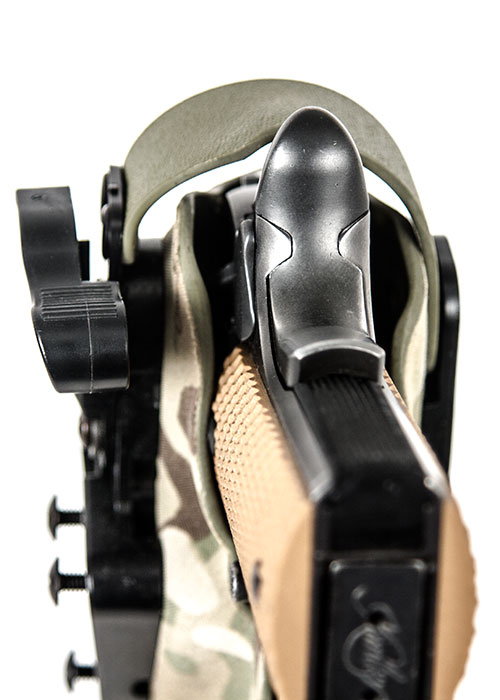
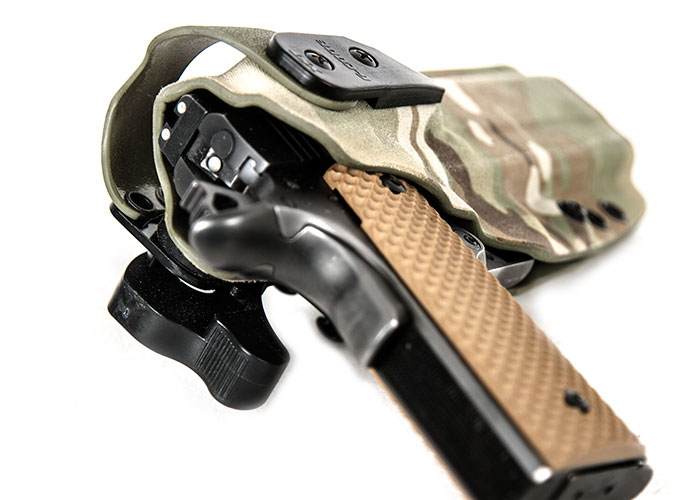
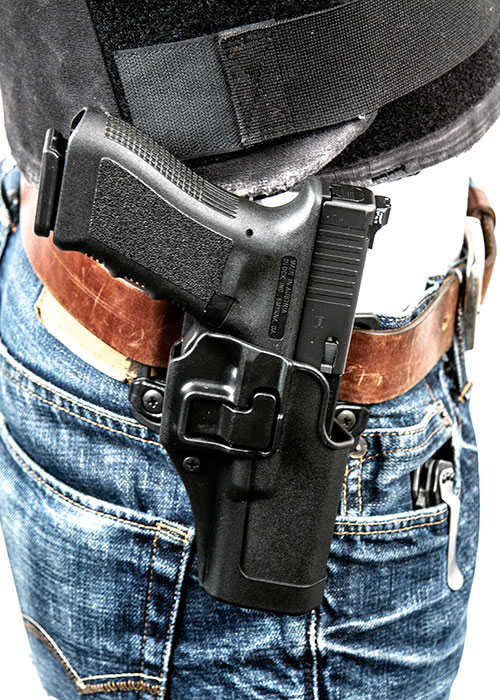
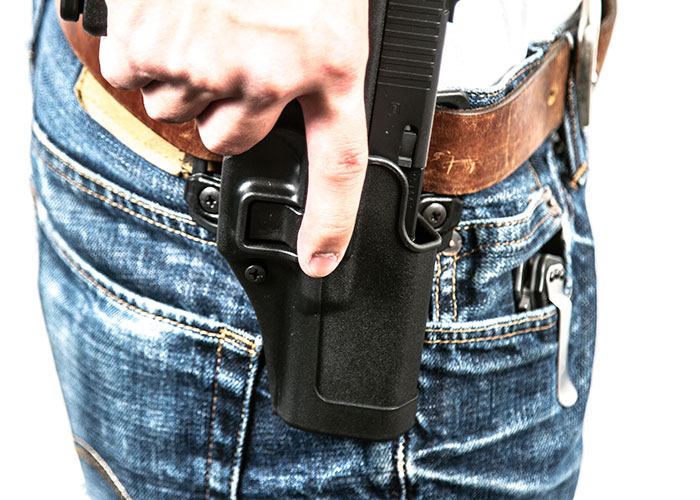
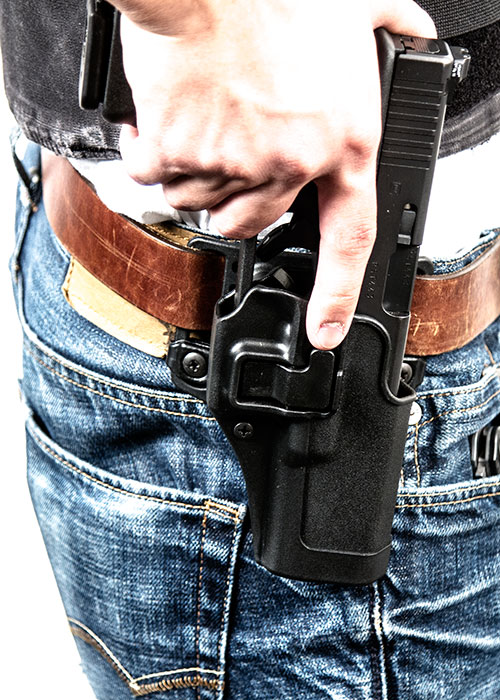
Level 3 Retention holsters are the most popular with law enforcement personnel. Most Law enforcement agencies across the nation use Level 3 retention holsters for their daily duty. Safariland and Blackhawk! both make Level 3 retention holsters. For Safariland level 3 holsters, they have the screw adjusted friction, the hood, and an ALS (Automatic Locking System) device which locks the pistol on the ejection port once holstered. To draw the pistol, push the hood in a downward and forward motion, then push back on the ALS using your thumb at the same time, and lift the pistol out of the holster.
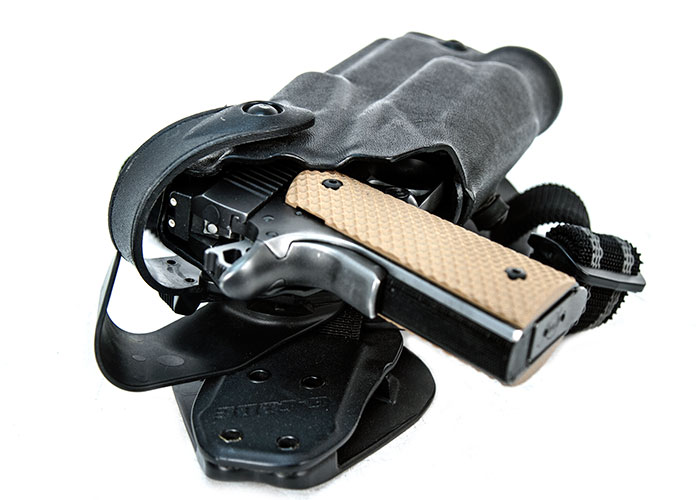
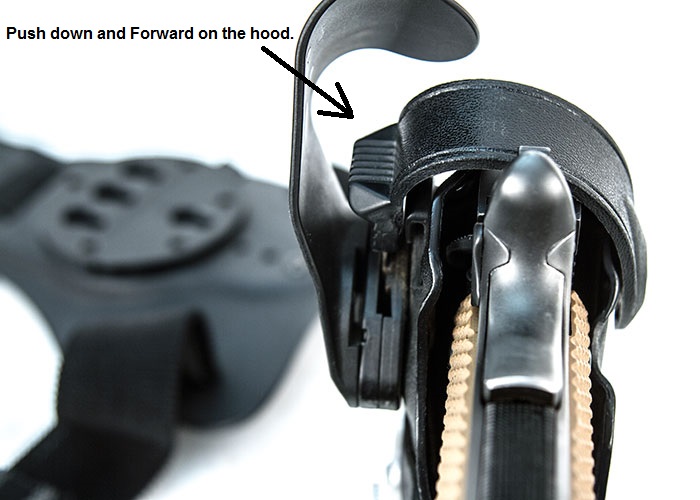
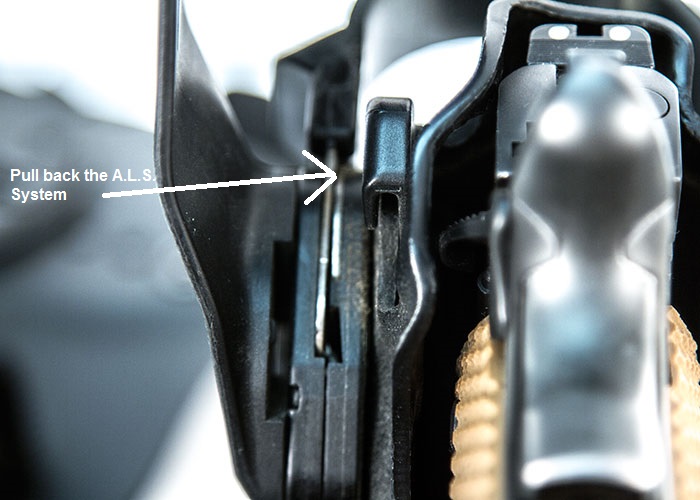
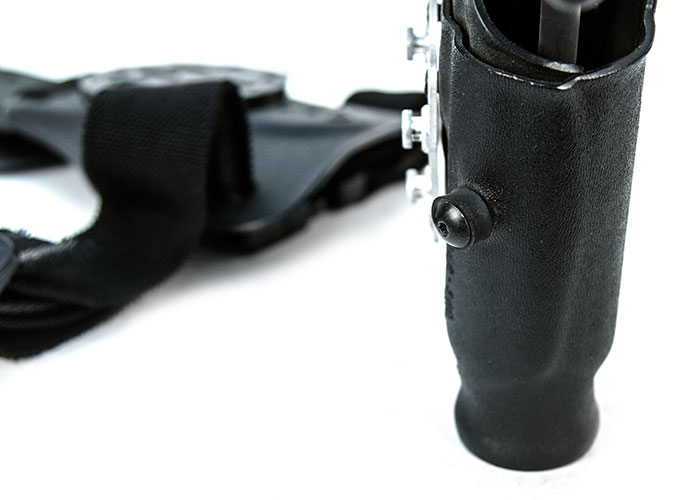
Lastly, very few companies actually make a level 4 retention holster. At level 4, it’s basically a level 1 holster with additional of 3 retention devices. The only one I know is Safariland Raptor Series holster. It has the screw adjusted friction (level 1), the hood (level 2), the automatic locking system (level 3), and another locking system (level 4). In my opinion, there is just too much retention on the holster, and in a life and death situation, the operator may not be able to pull the gun out fast enough.
So which retention level is right for you? The answer is simple, test it out yourself. For myself, I like to use level 3 holsters. During a pistol competition, or if I ever conceal carry, I would use level 1 retention. However, during direct action such as an airsoft game, I like to use my level 3 Safariland holster. Since I will be running a rifle as my primary, I like the extra security because I do not have to worry about my pistol falling out. I also like to use the Safariland level 3 holster because I am pursuing a career in law enforcement and that’s the standard holster they use.
Placement:
Some people like it on their thigh, some people like it on their hips. I like my holster mounted on my hip because I do not like anything strapped to my leg. It hinders and bothers me. I like my pistol to be mounted on my hip, and the grip of the gun is just below my belt line (low ride).
As much as I like belt mounted holsters, sometimes I do run drop leg platforms. I like my drop leg platform to be as high as possible, almost the same height as my belt mounted platform. After all these years of searching I finally found a perfect drop leg platform: The G-Code MULE. It is by far the best drop leg platform I have ever used, and with the RTI capability, this platform is perfect.
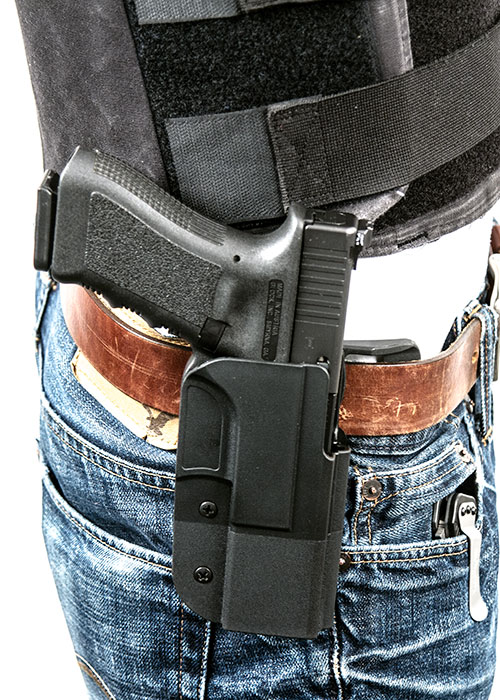
The MULE drop leg platform with the RTI wheel creates the perfect height with my Safariland Level 3 holster. My draw hand just goes down far enough to reach my holster, and it does not feel awkward when pulling the gun out. G-Code does make RTI hardware where it will turn your Safariland or even your SERPA holster into RTI compatible.
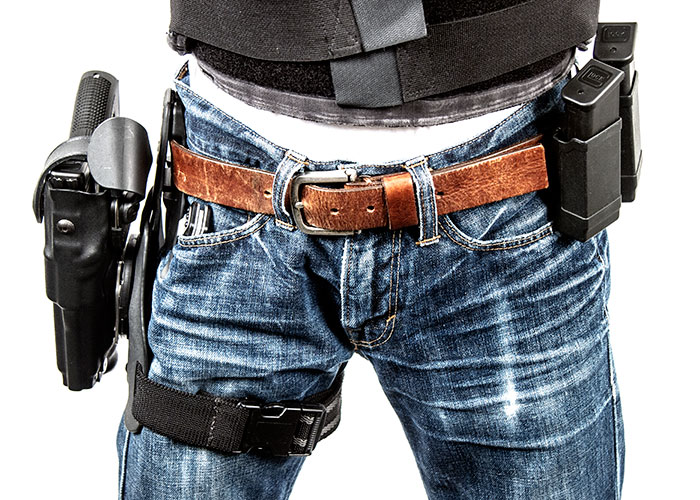
A lot of people like to do chest draw but personally I do not like chest draws for numerous reason. First the gun is pointing at your left (if you are righty) at all times which is a potential firearm safety issue on your teammates. Second, when you are on the ground you might not be able to draw the pistol. But if chest draw is your thing, try the G-Code OSH Holsters. People might argue that the gun will fall out and recommend the SERPA holster, but I can assure you that the OSH holsters are more than enough and will do the job better.

The RTI system is, in my opinion, the best quick change system in the holster industry. It is easy enough to lock in and unlock. When the RTI locks in, it is very secure. The RTI System is perfect for those of you that run multiple pistols, such as yours truly. The holsters can be switched out using one hand, and with no tools required.
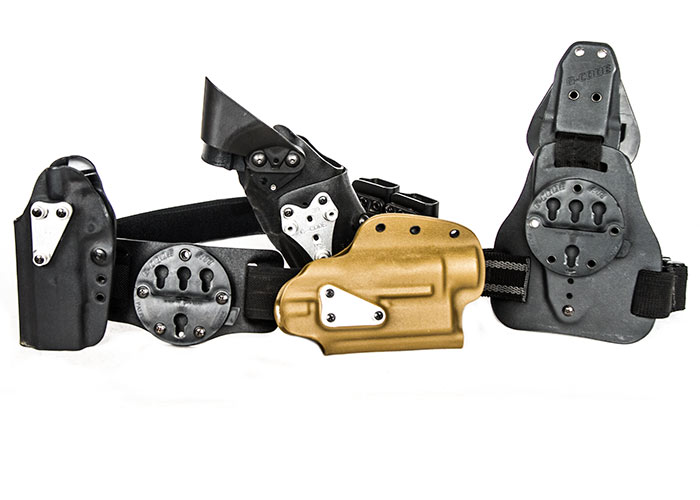
Next time when you buy a holster, remember to try out different retention levels. Also remember to try out different mounting platforms, and try to use it in conjunction with your gear. You might found out that belt mounted platform may not work with you because you may have pouches directly above the holster. You might not like drop leg platform because it may hinder your mobility. I am Andrew, stay safe, and get out and play airsoft.


